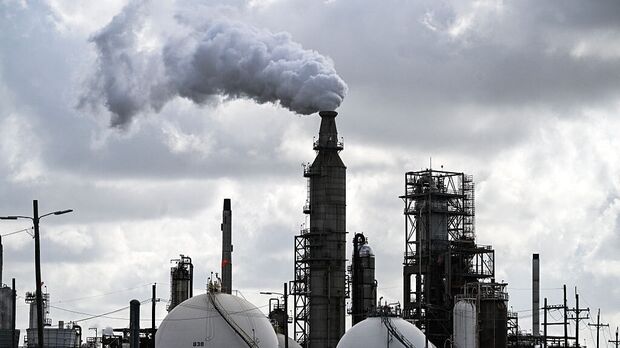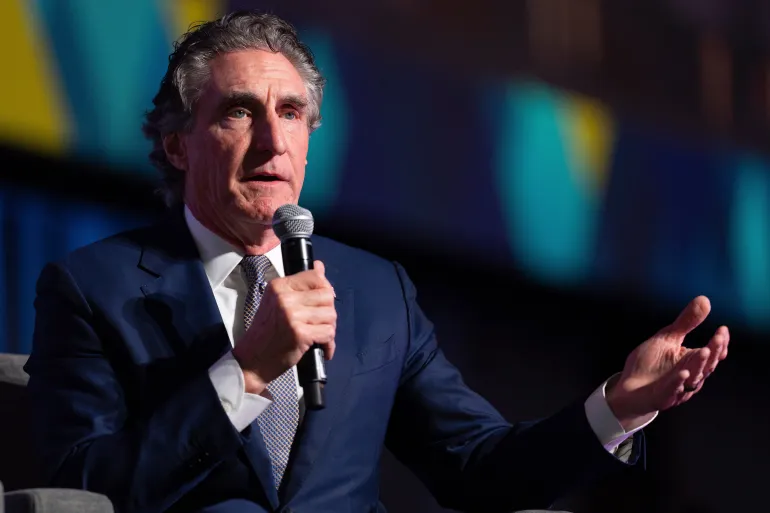OPEC+ Taps the Brakes to Calm Crude as Glut Jitters Build

After months of hitting the accelerator, OPEC+ just eased off the gas. The Saudi- and Russia-led producers’ alliance opted for a tiny November supply bump of roughly 137,000 barrels a day — matching October’s lift — rather than the big increase traders had braced for. That surprise show of restraint steadied prices on Monday, nudging Brent back toward $66 a barrel after an 8% tumble last week.
The shift is about tone as much as barrels. Since March, the group has managed to re-add close to 2.7 million barrels a day without tipping the market into a full-on slide. But sentiment cracked last week on fears that OPEC+ would open the taps wider, a risky move with demand softening into year-end and a widely expected surplus looming in 2026. By keeping the pace slow, producers are signaling they want to manage the landing, not test the market’s nerves.
It’s a delicate walk back from the massive cuts launched in April 2023, which at one point sidelined nearly 6 million barrels a day and helped hoist prices above $95. That strategy worked until it didn’t — high prices enticed non-OPEC supplies, especially from the US, to grab market share, and the rally fizzled. Now the alliance is probing how much it can restore without breaking the tape again.
Inside the room, views weren’t perfectly aligned. Moscow pushed for a small increase to defend prices, while Riyadh initially leaned toward a larger reopening to recapture share and flush out just how much spare capacity others really have. The compromise — another minimal step — acknowledges a seasonally weaker patch and a fragile tape. As Energy Aspects’ Amrita Sen put it, adding faster in summer made sense, but with the market softening, scaling back is the prudent call.
There’s a further wrinkle: the headline number likely overstates how much oil actually shows up. UBS’s Giovanni Staunovo reckons the real addition could be closer to 60,000 to 70,000 barrels a day because some members are already at capacity while others are being docked for earlier overproduction. That helps explain why prices bounced even as OPEC+ technically loosened the spigot.
Plenty of moving parts still threaten to upset the balance. Additional flows from Kurdistan and Venezuela could creep back. Refinery maintenance in parts of the Middle East may dampen crude runs and cap prices in the near term. A drone strike temporarily knocked a major unit offline at Russia’s Kirishi refinery, adding another short-term wrinkle to product markets. And in the US, government data showed crude, gasoline, and distillate inventories rising more than expected late last month, a sign of softer demand that could limit any rally’s legs.
Producers are watching the macro backdrop just as closely as barrels on the water. If US growth cools further into 2026, it would compound the International Energy Agency’s warning about record surpluses that year. For now, analysts expect OPEC+ to stick with its baby-steps approach, adding small volumes so long as Brent holds above $60 and pulling back if the floor gives way. Saudi Arabia even left its flagship Arab Light official selling price to Asia unchanged, a cautious nod to last week’s swoon in Middle East benchmarks.
For traders, the message is clear enough. The cartel isn’t trying to juice prices; it’s trying not to break them. With balances tilting from last year’s tightness toward a more forgiving supply picture, the path of least resistance is sideways, with volatility spikes around policy headlines. Until demand perks up decisively — or OPEC+ blinks again — this is a market being shepherded, not set free.
Reuters, the Financial Times, Bloomberg contributed to this report.









The latest news in your social feeds
Subscribe to our social media platforms to stay tuned